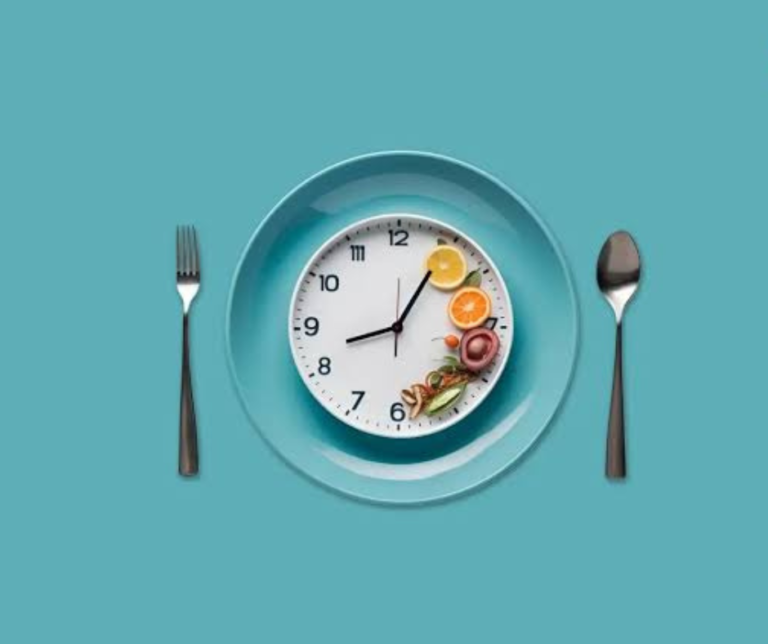Creating a sustainable meal plan isn’t about restriction or perfection—it’s about building a routine that aligns with your health goals, fits your lifestyle, and most importantly, is enjoyable. Whether your goal is weight loss, muscle gain, improved energy, or better overall health, a well-thought-out meal plan can be your game-changer.
In this comprehensive guide, we’ll break down how to design a meal plan that works for you—without obsession, overwhelm, or burnout.
Why Most Diets Fail (and What to Do Instead)
Before we dive into the how, let’s talk about why most diets don’t work in the long run:
- They’re too restrictive
- They ignore individual needs
- They’re not built around real life (busy schedules, family, cravings)
- They lack flexibility and enjoyment
A sustainable meal plan avoids all these pitfalls by being realistic, balanced, and tailored to you.
Step 1: Define Your Goals (and Be Specific)
Are you trying to lose weight? Build muscle? Improve digestion? Have more energy throughout the day?
Be clear and realistic:
- “Lose 10 pounds in 3 months”
- “Build muscle and reduce body fat”
- “Eat cleaner to manage my blood sugar”
Your goal will influence your calorie needs, macronutrient ratios, and even meal timing.
Step 2: Know Your Caloric Needs
Understanding how many calories your body needs is foundational.
Use an online TDEE (Total Daily Energy Expenditure) calculator to find out your maintenance calories. Then:
- For weight loss: Eat 10–20% fewer calories
- For muscle gain: Eat 5–15% more calories
- For maintenance: Stick with your TDEE
Remember: the goal is sustainability, not drastic cuts or over-eating.
Step 3: Balance Your Macronutrients
Once you know your calories, break them into macros:
- Proteins (chicken, fish, tofu, legumes): Build & repair tissues
- Carbohydrates (whole grains, fruits, vegetables): Fuel your body
- Fats (avocados, nuts, olive oil): Support hormones & brain function
General guideline:
- 40% carbs
- 30% protein
- 30% fats
You can adjust based on your preferences and goals.
Also, include fiber (at least 25–30g/day) to support digestion and keep you full longer.
Step 4: Plan Around Your Lifestyle
A great meal plan fits your life—not the other way around.
Ask yourself:
- How many meals can I realistically prep?
- Do I prefer 3 big meals or 5 smaller ones?
- Will I be eating out occasionally?
- What are my time constraints during the week?
Tip: Batch cook staples (grains, proteins, roasted veggies) to mix and match throughout the week.
Also consider your social life, family needs, and work commitments when planning.
Step 5: Keep It Simple (But Flavorful)
You don’t need 10 different recipes. Pick 2–3 options for each meal type and rotate them. Add variety with spices, sauces, and seasonal produce.
Example for weight loss meal plan:
- Breakfast: Greek yogurt with berries and chia seeds
- Lunch: Grilled chicken salad with olive oil & quinoa
- Dinner: Stir-fried tofu with brown rice and veggies
- Snacks: Apple with peanut butter, boiled eggs, or protein shake
Flavor doesn’t mean unhealthy. Herbs, spices, citrus, and vinegars can transform any basic dish.
Step 6: Prep Smart, Not Perfect
Meal prep doesn’t have to mean hours in the kitchen.
Simple hacks:
- Cook once, eat twice: double up recipes
- Use frozen veggies for quick sides
- Pre-cut fruit or buy pre-chopped mixes
- Use slow cookers or instant pots for hands-off meals
You don’t have to prep all meals. Even prepping lunches or snacks can dramatically reduce poor choices.
Also, store meals in portioned containers to make grab-and-go easier.
Step 7: Build In Flexibility
Rigid plans break. Flexible plans bend and continue.
Allow room for:
- Eating out with friends
- Family dinners
- Cravings or occasional treats
80/20 rule: Eat nutrient-dense foods 80% of the time, enjoy indulgences 20% of the time—without guilt.
Don’t beat yourself up over one slice of pizza or a piece of cake. It’s the overall pattern that matters.
Step 8: Stay Hydrated
Water supports metabolism, digestion, and satiety. Aim for at least 2–3 liters per day.
Flavor with:
- Lemon or lime
- Cucumber or mint
- Herbal teas
Reduce sugary drinks and excessive caffeine, which can lead to energy crashes and dehydration.
Also, try drinking a glass of water 20 minutes before meals to help control appetite.
Step 9: Monitor & Adjust
No plan is perfect out of the gate. Track how you feel:
- Energy levels
- Hunger & cravings
- Bloating or digestive issues
- Progress toward your goal (photos, measurements, not just weight)
Make tweaks: Too hungry? Add more protein or fiber. Not recovering from workouts? Increase healthy carbs or calories slightly.
Keep a food and mood journal to notice patterns and make more mindful decisions.
Step 10: Use Tools & Tech Wisely
Helpful apps:
- MyFitnessPal – Calorie and macro tracking
- Yazio – Nutrition coaching
- Mealime / Eat This Much – Meal planning made easy
But don’t obsess. These tools are meant to help, not control you.
Also consider using grocery delivery services to save time and avoid impulse junk food purchases.
Sustainable Meal Planning Tips:
- Don’t demonize food. Carbs and fats aren’t evil.
- Listen to your body. It gives signals—don’t ignore them.
- Focus on whole foods. Less packaging, more nutrition.
- Celebrate small wins. Consistency > perfection.
- Think long-term. It’s a lifestyle, not a 30-day sprint.
- Use leftovers creatively. Turn dinner into lunch.
- Plan for snacks. Prevents energy dips and overeating.
- Have a backup plan. Keep healthy frozen meals for emergencies.
Sample Meal Plan Template (1500–1800 Cal/day)
Breakfast:
- Oatmeal with almond butter, banana, and cinnamon
- Black coffee or herbal tea
Snack:
- Boiled egg + carrot sticks or mixed nuts
Lunch:
- Grilled salmon or tofu
- Steamed broccoli
- Quinoa or sweet potato
Snack:
- Greek yogurt with walnuts and honey
- Green tea
Dinner:
- Chicken stir-fry with bell peppers, onions, and brown rice
- Side salad with olive oil dressing
Dessert (optional):
- Dark chocolate square or protein brownie
Final Thoughts: Build a Plan That Feels Good
The best meal plan is the one you can actually stick with—not just for a week, but for months and years. Start small, stay flexible, and be kind to yourself. Progress will come when you focus on consistency, not perfection.
Your food should nourish you and bring joy. When your meals support your body, mind, and lifestyle—that’s where the magic happens.
Make your plan your own, and watch how your relationship with food transforms.







